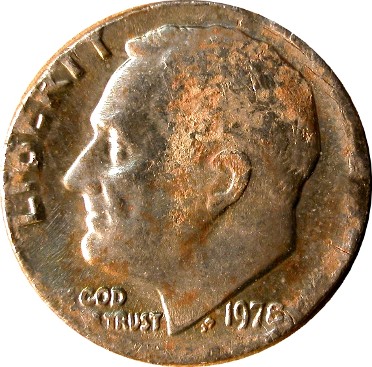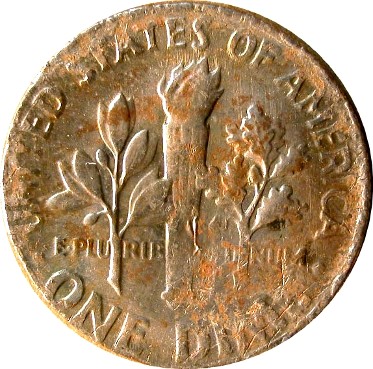Part V: Planchet Errors:
Wrong planchet and off-metal errors:
Unidentified origin and purpose (Orphan)
This survey just scratches the surface of diversity found within the outer limits of the off-metal & wrong planchet universe. These outer limits are fun to explore, but don’t expect any easy answers. Error collectors enjoy pondering these mysteries, & hold out the hope of solving some of them. Enjoy the images posted & pick up a bit of an expanded education along the way.
Orphan wrong planchet and off-metal errors can be grouped into a number of categories:
1. Originally normal planchets that are so profoundly and strangely damaged that they are no longer recognizable.
2. Non-standard planchets that may have been intended for a foreign denomination, a token, or a medal and that somehow got mixed up in the supply stream.
3. A coin struck on planchet whose composition matches that of another U.S. coin, but whose size, weight, and appearance fails to correspond to any normal issue.
4. Coins composed of a conventional U.S. or foreign alloy/composition that present an oddly rough or unfinished appearance.
5. Coins struck on defective or damaged foreign planchets.
6. Planchets or blanks with a composition that is seldom, if ever, used in coinage.
7. Coins of normal diameter and relatively normal appearance, but with a density (specific gravity) that is significantly higher or lower than normal.
8. Discs that are completely bizarre with respect to appearance, composition, density, or texture.
1964 Jefferson nickel struck over a 1940 India ¼ rupee. Prior to the strike, the Indian coin was cancelled with a waffle pattern of diamond-shaped indentations. This coin is not unique; on page 262 of the 5th edition (1991) of Alan Herbert’s Minting Varieties and Errors we find a photo of a 1964 cent struck over a cancelled 1942 India ¼ rupee.
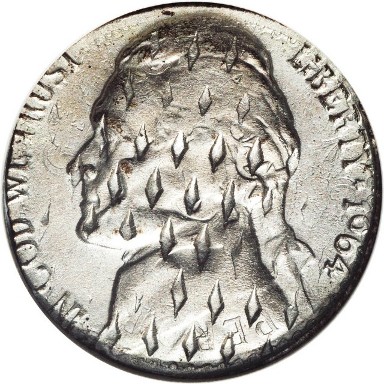
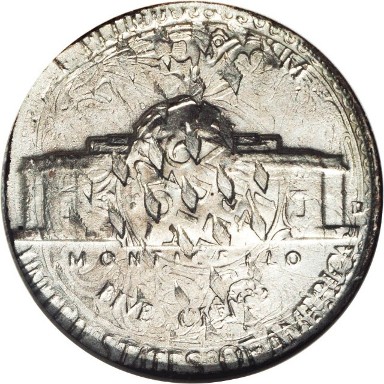
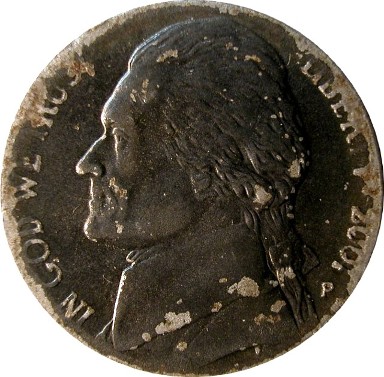
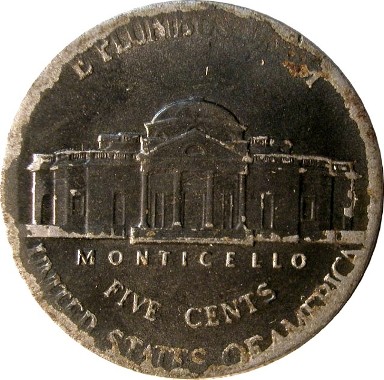
1982 cent struck on a dime-sized silver-alloy planchet (84% Ag/ 16% Cu). The coin is also double-struck.
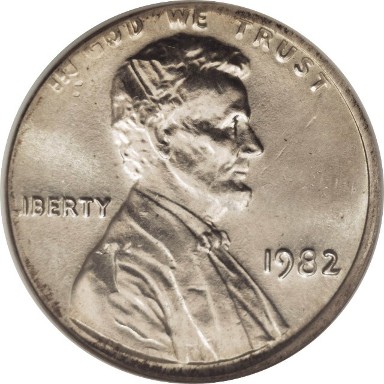
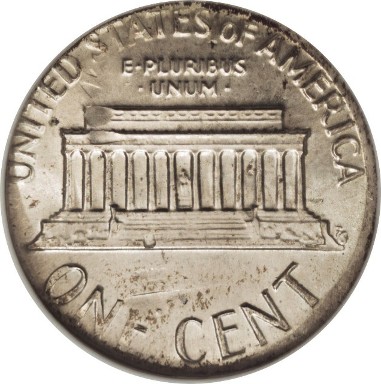
Photos courtesy of Heritage Auctions.
1945-P wartime nickel that is abnormally heavy (5.58 g). It paradoxically exhibits abnormally low density (Specific Gravity = 8.58). Density is not only lower than a silver-copper-manganese alloy, but is lower than copper-nickel. Instead of a typical sharp ring, the coin produces a low thud when tapped. A green tint adds an exotic flair to a rather unexceptional appearance.
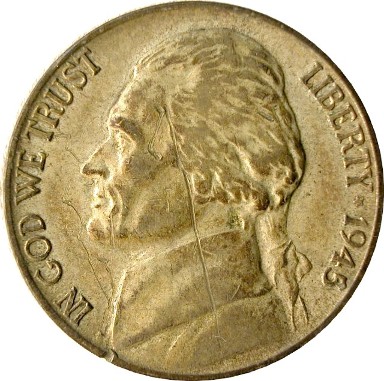
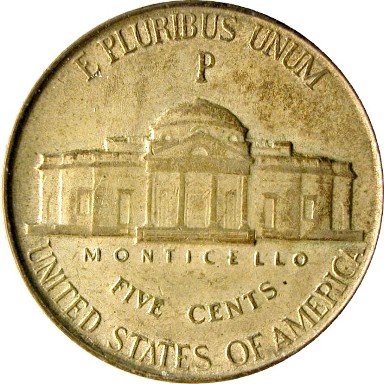
1941 Lincoln cent struck on a heavy, brass planchet. Although abundant, the origin of these planchets remains a mystery.
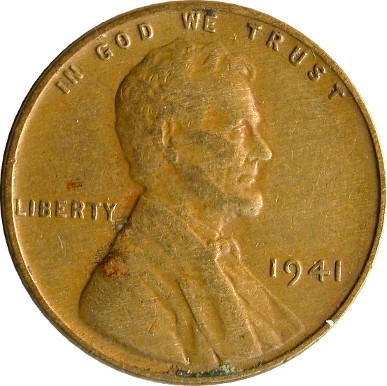
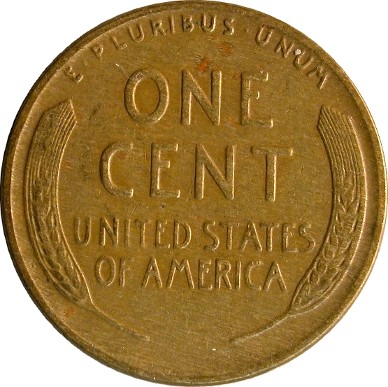
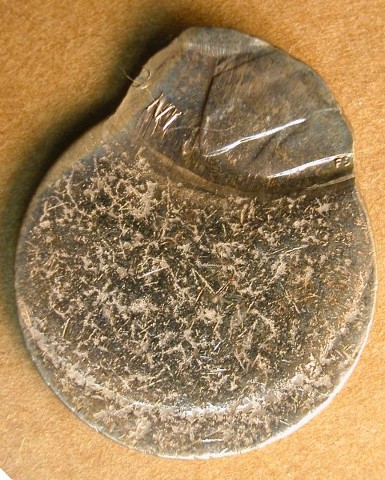
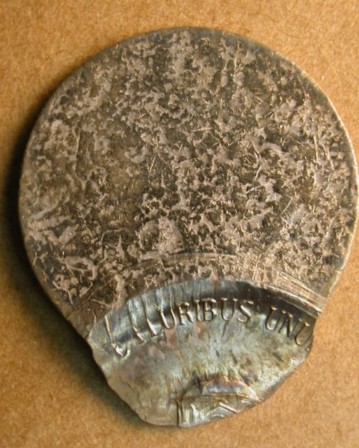
This off-center nickel was struck on a slate-gray planchet with a very peculiar pattern of upset or edge damage.
It was struck some time in the 1980’s and features an off-center uniface strike. The weight, size, and density of this slate-gray planchet matches that of a nickel but its appearance is quite unexpected. The interior shows a fine, uniform matte texture without contact marks. The edge has been squeezed and rolled, and a thin pleated apron of metal has been forced onto both faces. This all occurred before the strike.
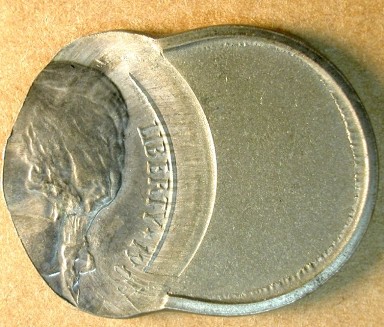
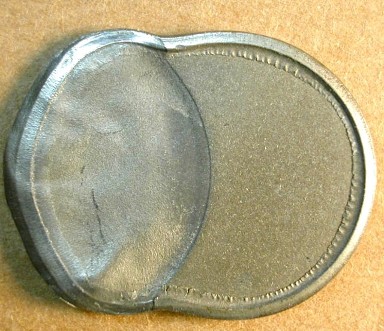
1964-D Jefferson nickel struck on a copper-plated copper-nickel planchet. This composition does not correspond to that of any nation’s coins. Although fully struck, it weighs a modest 3.88 grams. A strategic edge scraping revealed a thick, uniform layer of copper over a copper-nickel core. Copper-plated copper-nickel is a composition that is not to be found in any denomination produced by any mint. It does not appear to be an improperly annealed planchet, as the copper, thick as it is, exhibits no cracking or flaking.
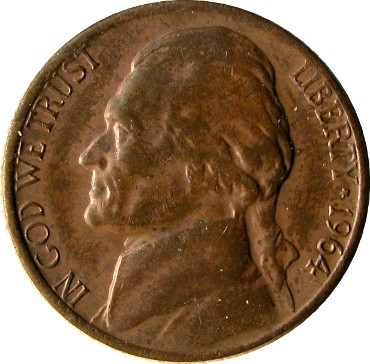
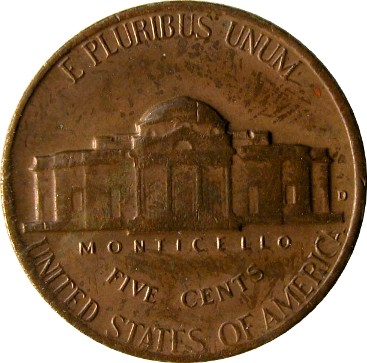
1964-D Jefferson nickel was struck on a thin planchet that weighs only 2.92 grams. Several other nickels of similar appearance are known from this time period.
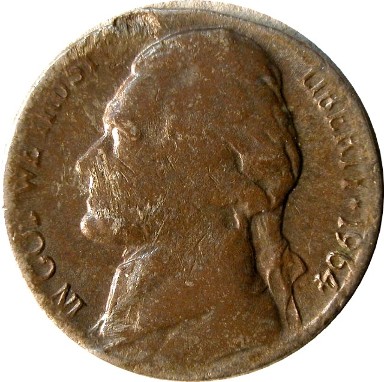
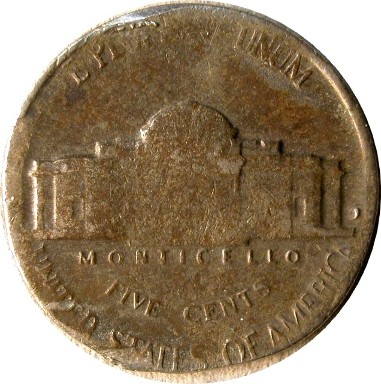
1972-D Roosevelt dime struck on what appears to be a solid copper-alloy planchet. At 2.20 grams, it weighs slightly less than the average for normal dimes (2.28g). Small flecks of gray metal are embedded in it and seem to be part of the alloy, rather than struck-in. A rim scraping on the reverse reveals only copper.
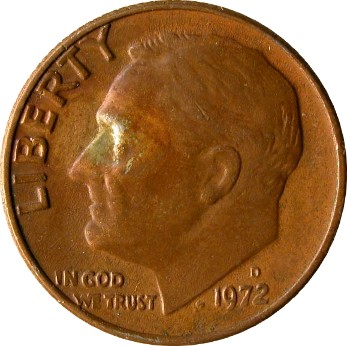
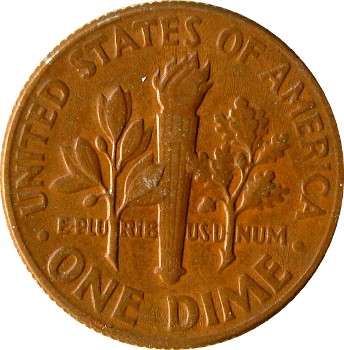
1976-D Lincoln cent was struck on a solid copper-nickel planchet that weighs 3.76 grams. Its specifications don’t match up with any planchet the Mint was producing for any foreign country at the time. It remains a mystery.
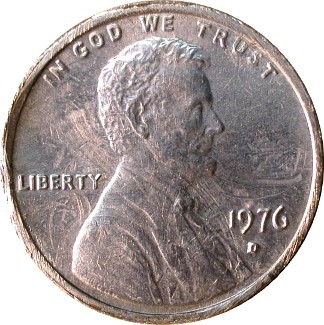
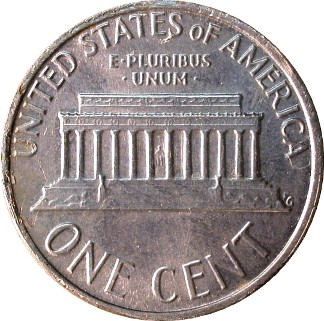
Coin courtesy of Fred Weinberg.
This Jefferson nickel was struck on a small, (1.86 g), lumpy copper-nickel planchet covered by a dull brown patina. A planchet with a decidedly bizarre appearance, its origin and destination are completely opaque.
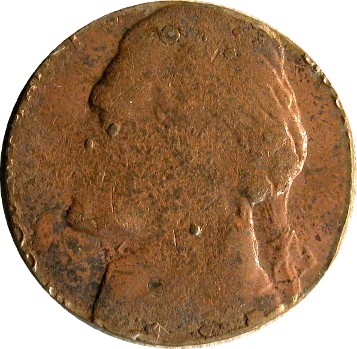
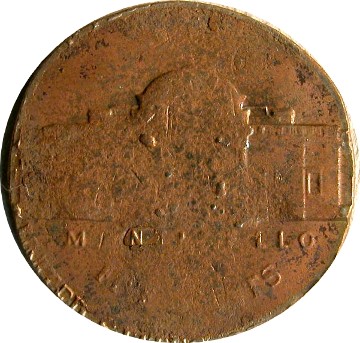
The last specimen is a 1978 Roosevelt dime which is undersized, extremely thin & light at 1.20 grams. Its outline is slightly irregular and its surface and edge have a rather rough texture. All surfaces show a mash-up of copper- and nickel-colored patches. The edge shows no trace of a normal “sandwich” of two clad layers enclosing a copper core. Appearances suggest that this might be an “agglomerated planchet”. An agglomeration of copper and copper-nickel flakes can theoretically form in the rolling mill. Bits of metal can accumulate at the edges of the rolling mill or in the interstices of the mechanism. These can accumulate into fairly substantial heaps that then have the potential of falling out onto the strip and being rolled and compressed into solid masses. Plenty of quarters and other clad denominations struck on irregular “fragments” that show a similar patchwork of copper- and nickel-colored areas have been researched. These seem likely to be agglomerated planchets, but whether this circular dime planchet falls into the same category is questionable. Fine cracks in the reverse face expose underlying copper. Whether the interior is truly solid copper cannot be determined.
Lacking a normal clad composition, it remains a complete mystery.
